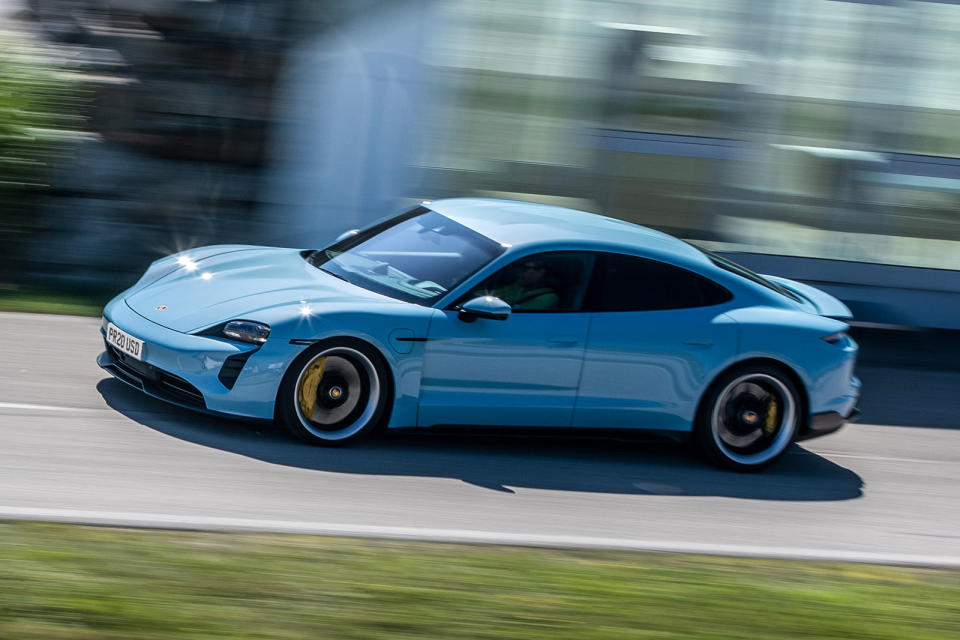The best used electric car bargains to snap up now

If you're looking to switch to an electric car, there’s never been a better time to bag the best used EV.
With a slump in demand for new battery-powered models and uncertainty about the future legislation and technology, the value of secondhand EVs has crumbled. And while that’s bad news for the first owners, it’s great for those looking to pick a pre-owned bargain.
Even better, despite many buyers being wary about the potential pitfalls of EV tech, overall these machines are quite simple and therefore reliable and cheap to run. After all, an electric motor has only a handful of moving parts, compared with thousands in an ICE.
And while battery packs can be expensive to replace, the chances are the rest of the car will expire before the lithium ion cells need changing.
In fact, with sensible charging and care, many batteries will last for hundreds of thousands of miles.
Then there’s the savings in running costs, particularly if you can charge at home. And with the public charging network expanding all the time, range anxiety should soon become a thing of the past.
So here are our 10 favourite used EVs that will help you do your bit for the planet as well as your bank account.
The best used electric cars
]]>

 Yahoo Autos
Yahoo Autos 